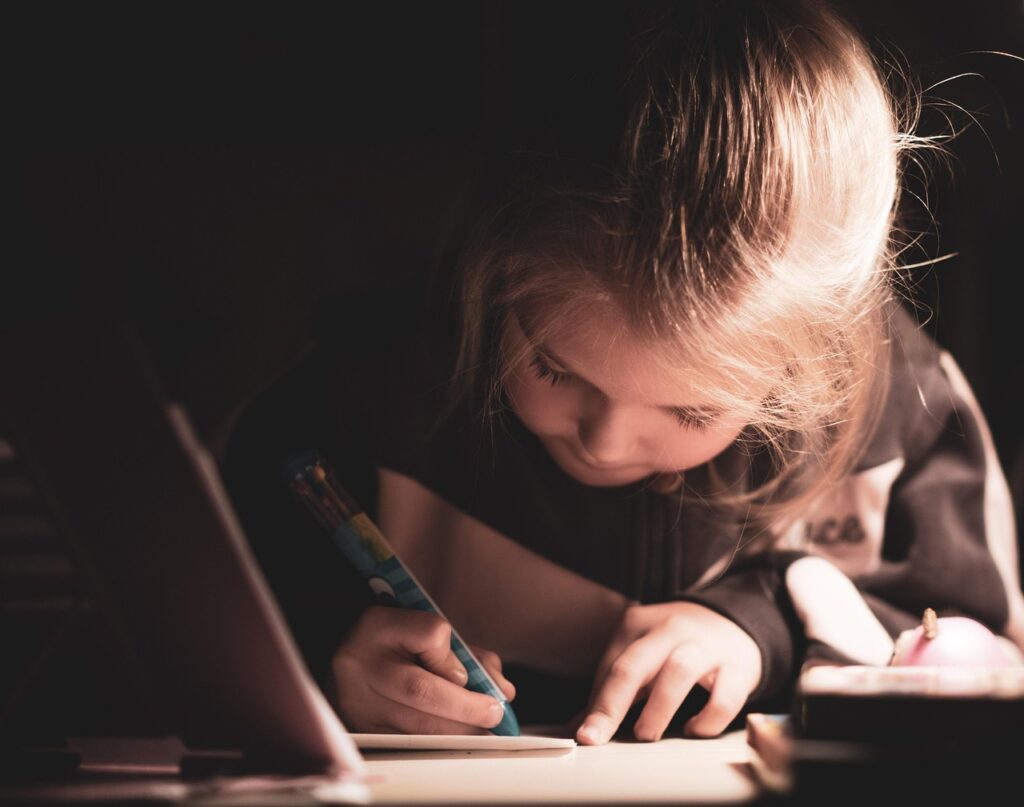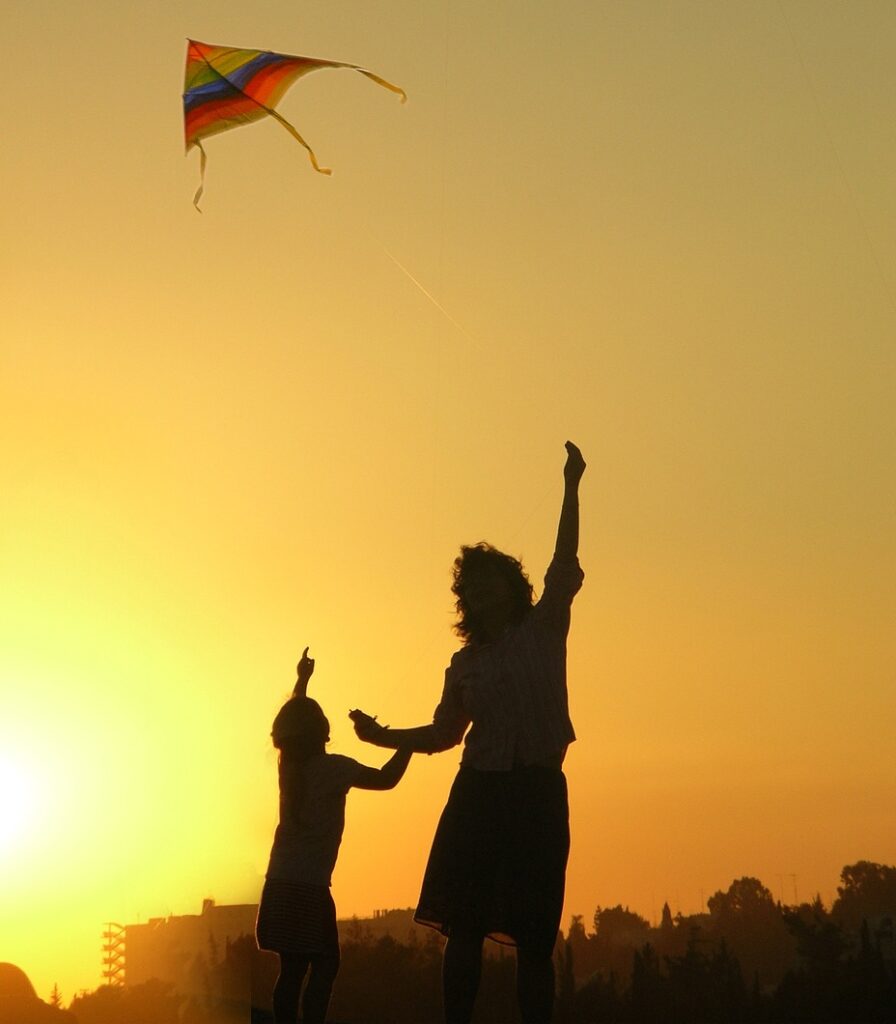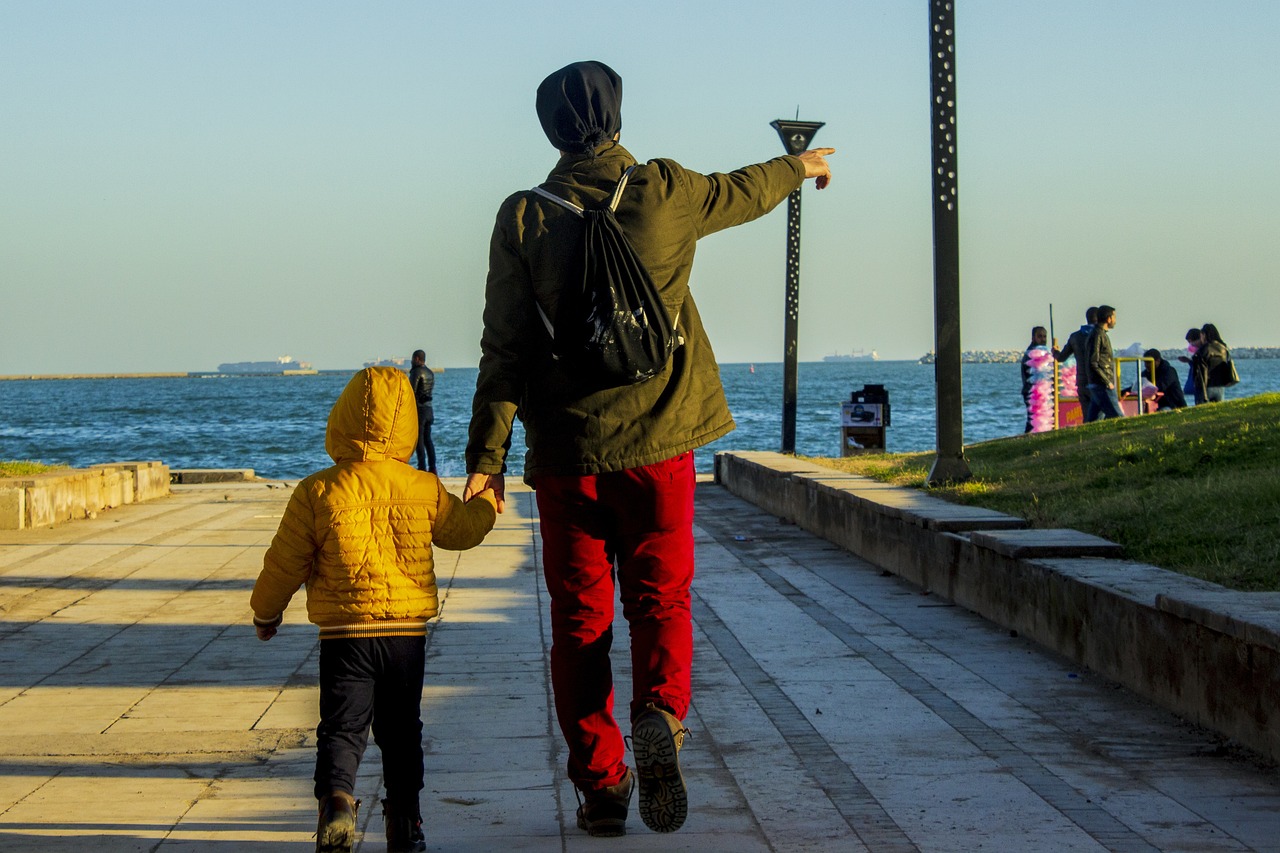Mindfulness Activities For Children
Why Mindfulness Matters for Children
As adults, we often hear about the power of mindfulness and how it helps reduce stress and improve focus. But did you know that mindfulness is just as impactful for children?
Kids today are growing up in a fast, busy world where school, digital screens, social situations and even their own emotions can sometimes feel overwhelming. That’s why teaching children mindfulness early on is so important. It helps them slow down, breathe and check in with how they’re truly feeling before things become too much to handle.
Mindfulness helps children build self-awareness, improve emotional regulation and feel more in control of their lives. When kids learn how to stay present, they’re better able to respond to challenges with calm and confidence. They also tend to avoid overthinking and procrastination as they become kinder, more loving and more appreciative of life.
What Is Mindfulness?
Mindfulness is simply paying attention to the present moment and being fully engaged in whatever you’re doing, wherever you are. It’s about being aware of your thoughts, feelings and surroundings without judgment.
For children, this might look like focusing on their breath, describing what they see outside, noticing their thoughts, or checking in with how their body feels.
The best part? Mindfulness doesn’t need to be serious or quiet. It can be fun, playful, creative and even silly. What matters most is helping your child become more aware of their inner and outer world in a gentle, supportive way.

11 Mindfulness Activities for Children
These 11 activities are easy to try at home, in the classroom or even outside. You don’t need any special tools to experiment with these activities all you need is a little time and a curious mind.
️Bubble Breathing
This is a fun breathing exercise. Ask your child to take a deep breath in and slowly blow out as if they’re blowing a big bubble. They can imagine the bubble growing and floating away. This helps calm their body and focus their breath. Just 8- 10 rounds of this can relax the child and uplift their mood tremendously.
Color Walk
Go for a short walk- it could be in your garden or around the neighborhood—and look for colors. You can try spotting rainbow colors like red, orange, yellow, green, blue, and purple, or choose one specific color and search for it in your surroundings. This simple practice helps children notice the world around them more mindfully.
Feelings Art
Give your child some paper and crayons. Ask them to draw how they feel using colors and shapes. If they’re comfortable, let them explain their picture. This helps kids express emotions they may not yet have the words for.
Worry Box
Take a box, even a simple delivery box will do and label it the “Worry Box.” Ask your child to write or draw something that’s been troubling or scaring them and drop it in the box. Then, store the box near the trash or somewhere symbolic to show that the worry has been released. This activity builds hope and helps children understand that it’s okay to release their worries.
️ 5-4-3-2-1 Senses Game
Sit with your child and ask them to observe their surroundings, then name:
5 things they can see,
4 things they can touch,
3 things they can hear,
2 things they can smell,
1 thing they can taste.
This grounding exercise is powerful for calming anxiety and bringing attention back to the present. I personally use this when I feel overwhelmed and it always brings me back to the moment in the gentlest way.
Belly Breathing with a Stuffed Toy
Have your child lie down and place a small stuffed animal on their belly. Ask them to breathe deeply so the toy rises as they inhale and falls as they exhale. Watching the toy move up and down makes deep breathing visual and fun for kids.
Gratitude Jar
Each evening, invite your child to write or draw one thing they’re grateful for that happened during the day and drop it into a gratitude jar. Over time, the jar fills with little notes of joy and appreciation, serving as a reminder that even on tough days, there’s always something to be thankful for.
Mindful Listening
Ask your child to sit quietly for a minute and listen carefully to the sounds around them. Is it truly silent? What can they hear? Birds? A fan? A ticking clock? Their own breath? This activity helps sharpen their focus and build inner stillness over time.
Mindful Journaling
Encourage your child to keep a simple journal where they can draw or write about their day, their feelings or respond to a prompt like, “What made you feel happy today?” Journaling helps kids understand their inner world and release unnecessary thoughts and emotions.
Thought Clouds
Ask your child to imagine their thoughts as clouds floating across the sky. A lot of thoughts? It’s a cloudy day. Fewer thoughts? A clearer sky. Teach them to simply watch the thoughts float by without chasing or holding onto them. This practice helps them understand that all thoughts whether happy or heavy, come and go and they don’t have to attach to everything that crosses the mind.
One Kind Act
Ask your child, “What’s one kind thing you can do today for yourself or for someone else?” Appreciate whatever answer they come up with and gently guide them if needed. This simple question encourages empathy and teaches that kindness is a beautiful form of mindfulness that helps us feel connected to others.

Tips for Parents
⭐ Keep it a short, fun and light activity. Even 2 to 5 minutes is enough for young kids.
⭐ Let your kids express themselves through words, drawings or movement- whatever they feel most comfortable doing.
⭐ Make sure you participate and join them in the activity- your presence will naturally make it feel safe and enjoyable.
⭐ Be consistent but flexible. Don’t make it boring or routine. Keep switching things up and introduce new options regularly.
⭐ Celebrate your child’s effort, not perfection. Mindfulness is a lifelong skill- focus on turning it into a habit, not a task.
Mindfulness isn’t about being calm all the time- it’s about learning how to return to calm when life feels loud. When we teach children to check in with themselves, take a breath and be present, we’re giving them a gift that will serve them for years to come. They’ll learn how to respond, not react. They’ll learn to live with intention, not rush.
Start with just one of these activities. Make it part of your routine in a gentle, playful way. Over time, you’ll likely notice your child becoming more emotionally aware, more focused and more at ease within themselves.
Because even in small moments of stillness, big growth can happen.


